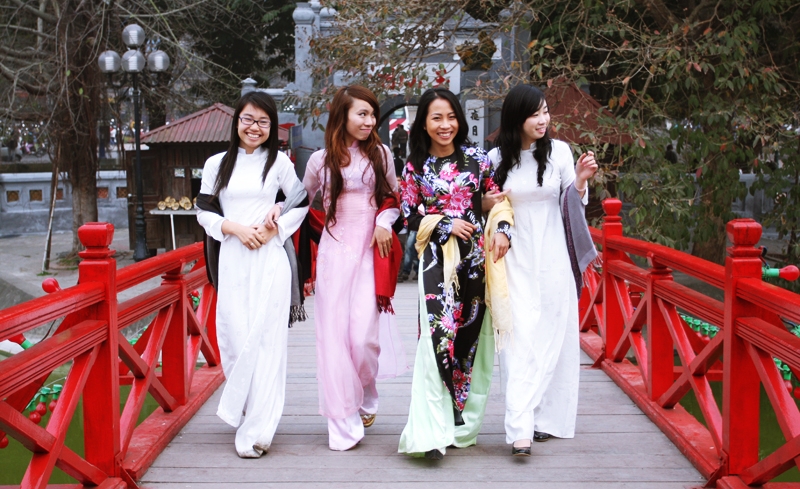Culture vs Diversity
Culture and diversity are distinct concepts, but they are interconnected. Culture refers to the characteristics of a society, as expressed through various phenomena, while diversity pertains to the differences among individuals within a particular culture. A country can be mono-cultural or multicultural, and each culture represents the ways people live, their beliefs, and their creativity. Culture is not biologically inherited but is a human-made, dynamic, and ever-changing construct. Edward B. Tylor, an English anthropologist, is said to have first used the term “culture” in his 1871 book “Primitive Culture.” He defined culture as “that complex whole which includes knowledge, belief, art, law, morals, custom, and any other capabilities and habits acquired by man as a member of society.” Tylor’s definition acknowledges universal human capabilities, but these can differ according to cultural differences.
Key Takeaways
- Culture is not biologically inherited but is a human-made, dynamic, and ever-changing construct that represents a society’s characteristics.
- Diversity refers to the differences among individuals within a particular culture, encompassing aspects such as ethnicity, religion, gender, race, physical abilities, political beliefs, and other social beliefs.
- Both culture and diversity are interconnected, with culture bringing diverse individuals together to form a unique way of life, and diversity existing within and being influenced by culture.
What is Culture?
Culture is acquired socially rather than biologically. An infant learns culture by observing society and can contribute to culture in various ways. Culture within a specific community showcases the creativity of its people and symbolizes their lifestyles. Components of culture include music, art, food, clothing, housing patterns, traditions, and behavioral patterns. Culture is subject to change over time, with shifts in people’s needs, attitudes, and tastes causing changes in a society’s culture from one period to another. Anthropologists and researchers have discovered artifacts and cultural items from past eras, which help describe the lifestyles of our ancestors and illustrate the differences and commonalities between cultures. However, it is essential to remember that artifacts, clothing, food, and other items are just representations of a culture, as culture itself is a very abstract concept. Nonetheless, culture is a significant representation of a community, facilitating integration among people with different skills and serving as a vital factor in human life that unites diverse individuals within a community.
What is Diversity?
The term “diversity” conveys the idea of variety or difference. A community can comprise many people with different skills and abilities, and not all people possess the same qualities or capabilities. Diversity focuses on these differences in a positive manner, with the concept of diversity emphasizing the recognition and appreciation of individual distinctions. Everyone in the world has their unique qualities and skills, which may be shaped by the specific culture in which they live. Examples of diversity include distinguishing between ethnicity, religion, gender, race, physical abilities, political beliefs, and other social beliefs, all of which should be met with tolerance and acceptance.
What is the difference between Culture and Diversity?
Analyzing these terms reveals the relationship between culture and diversity. It is clear that diversities exist within cultures and are characterized by them. Additionally, culture is the primary factor that brings diverse individuals together to create a unique way of life. Culture also utilizes the various skills of people for its own enrichment and development, as well as for the betterment of society.
- Culture represents a community’s existence, while diversity mainly refers to individual differences.
- People’s different skills contribute to the enrichment of a culture, and it is always people who create a culture.
- Diversity may sometimes be biologically inherited, while other times, it is socially acquired.
- Culture and diversity in individuals coexist within society, as both exist together and influence one another.
